Components of a Stormwater Harvesting System
A stormwater harvesting scheme is a system designed to capture and utilize rainwater run-off from storms; providing a sustainable solution to manage stormwater and reduce reliance on traditional water sources. It involves collection, storage, treatment, maintenance and supply of rainwater that would otherwise be lost or cause flooding. The harvested stormwater can then be used for various purposes, such as irrigation, landscaping, groundwater recharge, or even for non-potable uses like toilet flushing or industrial processes.
These schemes typically involve the installation of infrastructure such as storage tanks, pumps, filtration systems, and distribution networks. Sufficient run-off volume and space must be available to permit storage or retention, depending on whether the aim is supply or quantity and quality management.
Stormwater harvesting schemes can be implemented on a small scale for individual properties or on a larger scale for entire communities or cities.
Stormwater harvesting scheme at a glance
- Catchment providing the run-off volume
Designated volume of stormwater run-off from the catchment is diverted by the diversion structure (2) installed in the existing drainage system
- Diversion structure
The major function of a diversion structure would be typically to divert the pre-determined range of flows for treatment /harvesting/storage while allowing flows outside of this range (typically larger flows) to continue via the designated conveyance system
- Primary screening device (e.g. gross-pollutant trap)
Diverted run-off volume is screened. Gross pollutants are removed as well as coarse sediment
- Buffer storage
Screened run-off gravitates into the buffer storage. The aim of the buffer storage is to level out the variance of the incoming flows and optimize the operational parameters of the pump that supplies water to the treatment component
- Transfer from buffer storage (e.g. pump and rising main)
- Treatment facility
Water from the buffer tank is transferred/pumped into the treatment component e.g. wetland/bio retention (6) where the required quality of product water is achieved
- Transfer to clear water storage with optional screening
Treated water is transferred to clear water storage typically via a pump (7)
- Clear water storage (e.g. dam, storage tank)
Treated water is stored in clear water storage (8) for intended use. In schemes where product water is needed for irrigational purposes large storage is necessary due to temporal difference between rainfall (collection) and irrigation (usage)
- Distribution pumps
Product water is distributed to the end users via a system of pump/s and lilac pipes (9)
- UV disinfection and supply rising main
Distribution process typically includes the disinfection of product water (10) e.g. using online UV system
- End use (e.g. irrigation)
Fit for purpose water is delivered to end users (11) e.g. irrigation

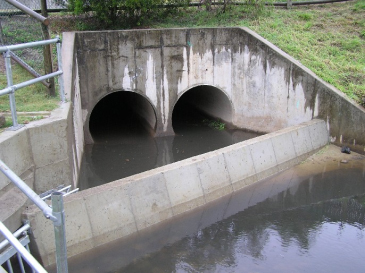
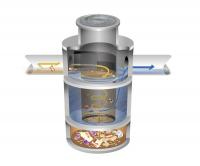
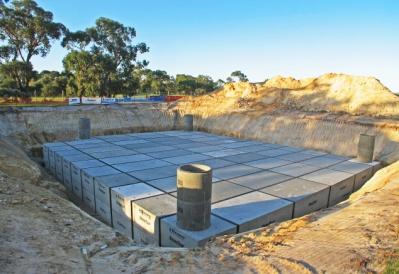
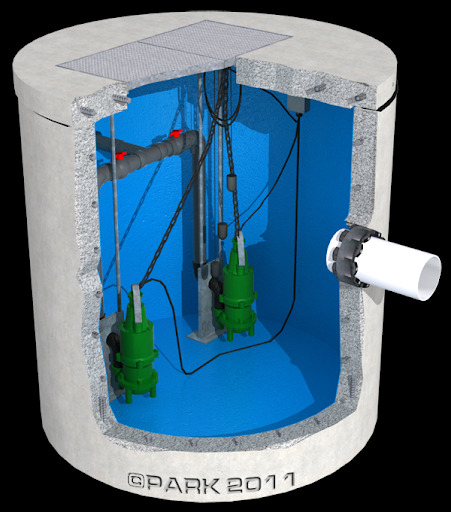
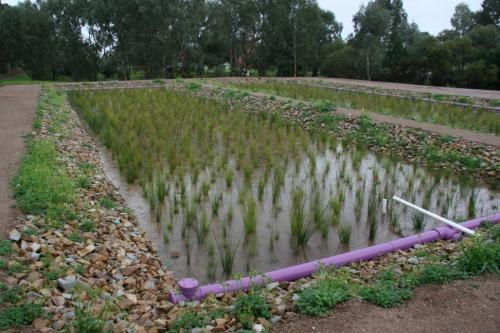
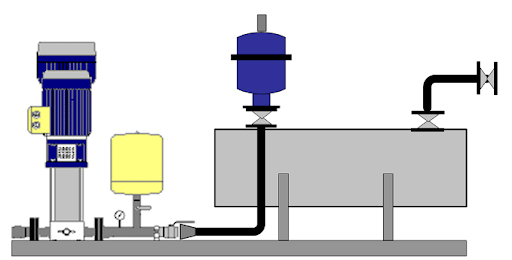
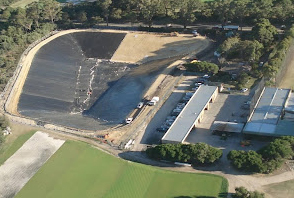
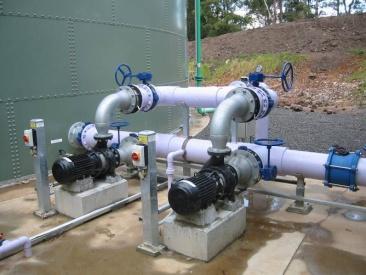
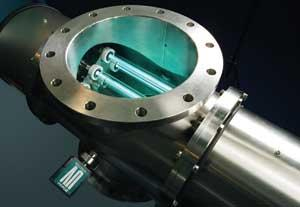
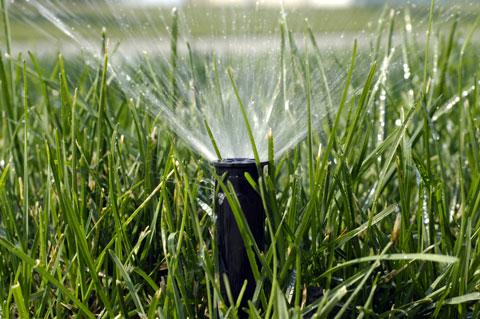
click or tap here or use the back button in your browser to go back to the previous article